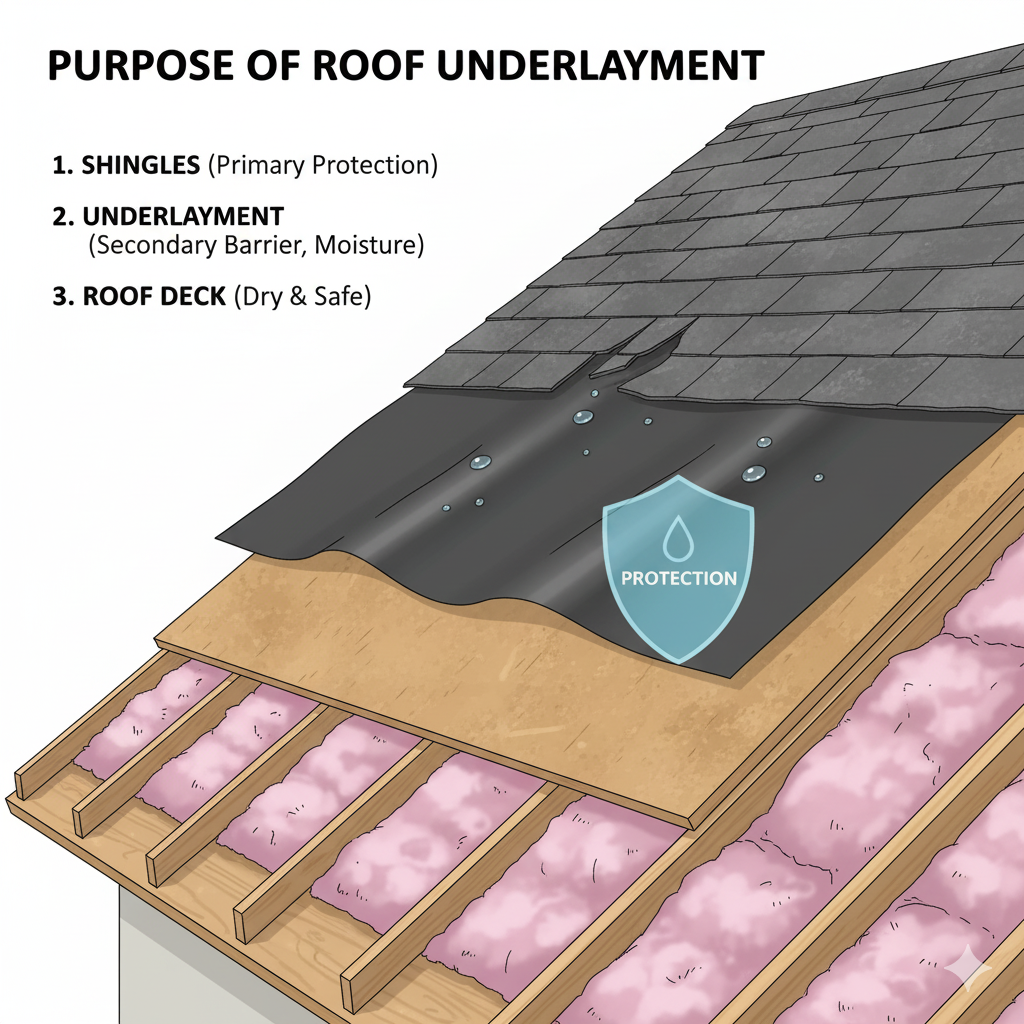How to Keep Your Roof Cool in the Summer, Naturally
How to Keep Your Roof Cool in the Summer, Naturally: The Ultimate U.S. Guide As another scorching summer sends temperatures soaring across the United States, millions of homeowners wince at the sound of their air conditioner kicking on. That constant hum is the sound of your energy bill skyrocketing. The primary culprit? Your roof. In […]










